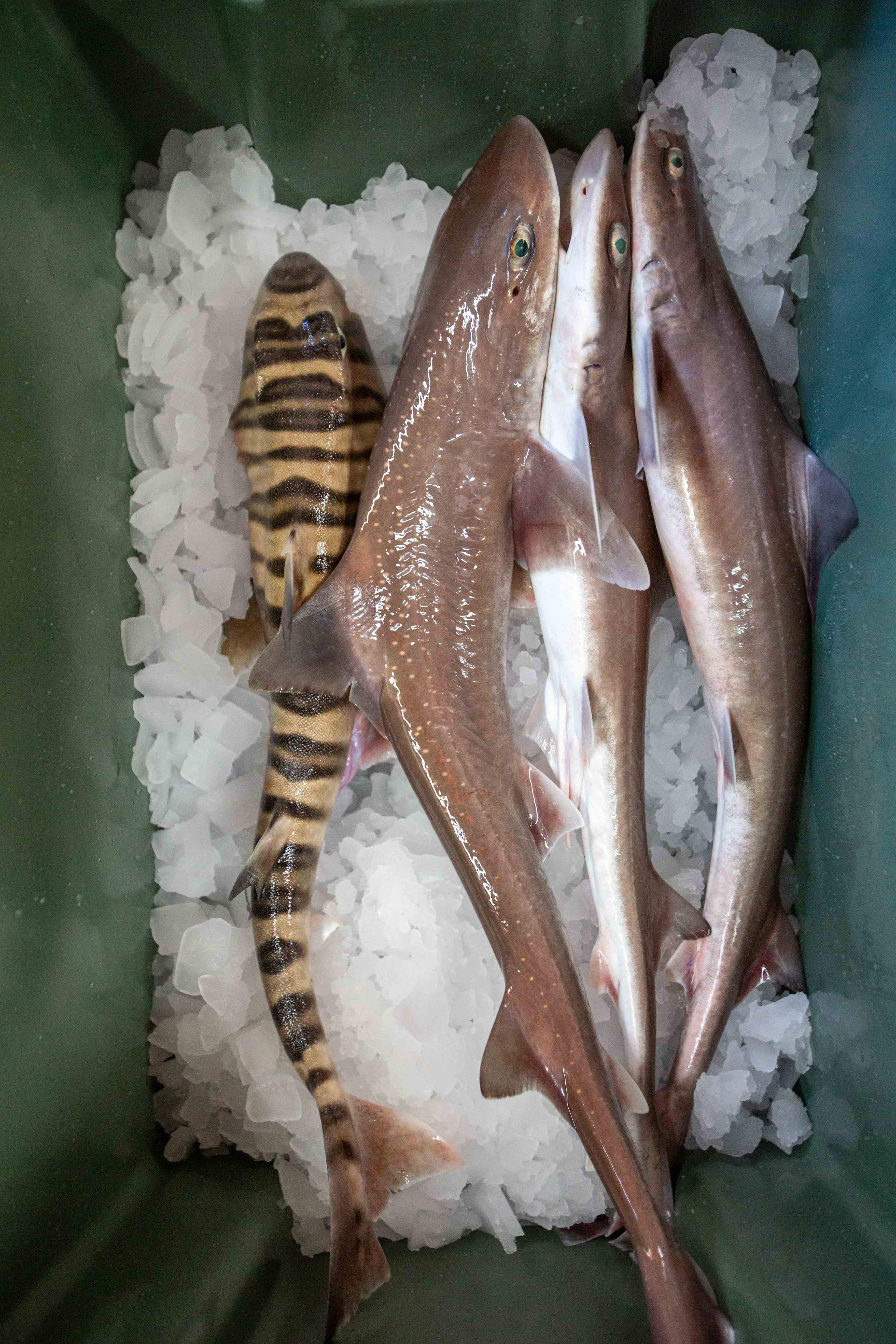A “graveyard” filled with hundreds of fossilized shark teeth has been found off the coast of Australia. Scientists working on Research Vessel (RV) Investigator, a ship operated by Australian national science agency CSIRO, were amazed by the discovery, which came from a small area of the seafloor over 5 kilometers (3.1 miles) below the surface.
The ex-bite-ing (sorry) haul was brought on board at the end of RV Investigator’s recent voyage to the Cocos (Keeling) Islands. The team of scientists, led by the Museums Victoria Research Institute, were performing the final trawl survey of the voyage when they unearthed more than 750 fossilized teeth from a range of modern and prehistoric shark species.
“The teeth look to come from modern sharks, such as mako and white sharks, but also from ancient sharks including the immediate ancestor of the giant megalodon shark,” said Dr Glenn Moore, Curator of Fishes at the Western Australian Museum, in a statement.
The long-extinct megalodon was the ultimate apex predator, occupying a higher rung on the food chain than any other marine animal, living or dead. Science is still undecided on just how large this beast could grow, but recent research revealed that it was able to ingest an 8-meter-long (26-foot) mammal in only five bites, so that gives us some idea of its scale.
The teeth found by RV Investigator likely belonged to the megalodon’s closest relative, a shark that grew to over 12 meters (39 feet) in length.
The expedition to the Cocos (Keeling) Islands only wrapped up in early November, but it was a quick turnaround for RV Investigator and its crew. A new survey of the Gascoyne Marine Park, off the coast of Western Australia, is already underway, and the discoveries keep on coming.
“Early in the voyage, we collected a striking small, stripey hornshark,” said Dr Will White, a shark expert from CSIRO’s Australian National Fish Collection. “This species is unique to Australia, but it hasn’t yet been described and named. The specimen we collected will be incredibly important to science because we’ll use it to describe the species.”
The stripey fellow here is the brand new hornshark species. Image credit: CSIRO-Frederique Olivier
Hornsharks are slow-moving and elusive, preferring to hide among the rocks and seaweed of the seafloor by day before emerging to feed at night. All that is known so far about the new stripey specimen is that it lives in water over 150 meters (492 feet) deep.
In fact, the Gascoyne Marine Park expedition has so far been a veritable shark-fest. The scientists have been using towed and remote cameras to capture the different species on film, and have even had to contend with some inquisitive individuals taking bites out of the equipment.
This guy wasn’t shy about getting up close and personal with the camera equipment. Image credit: CSIRO (from video supplied)
“The discoveries we make aren’t just limited to new species. These voyages give us the opportunity to learn more about marine ecosystems, as well as species range, abundance and behaviour,” said Dr John Keesing of CSIRO, current Chief Scientist on RV Investigator.
“From small, new, bottom-dwelling sharks, to massive ancient mega-sharks that once roamed the oceans, these biodiversity surveys give us vital insights into the life in our oceans.”
Source Link: Shark Graveyard Full Of Fossilized Teeth Discovered At The Bottom Of The Ocean
